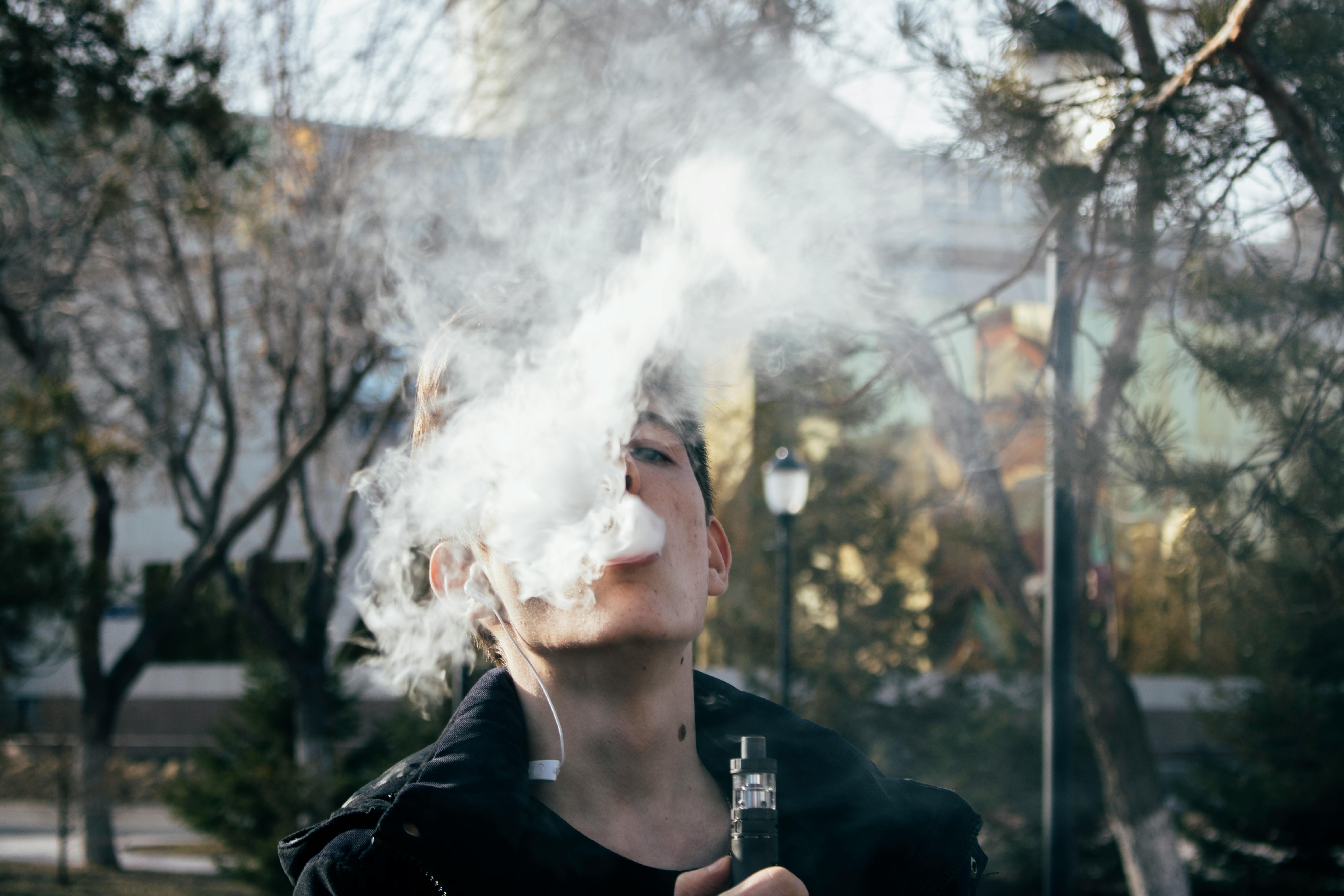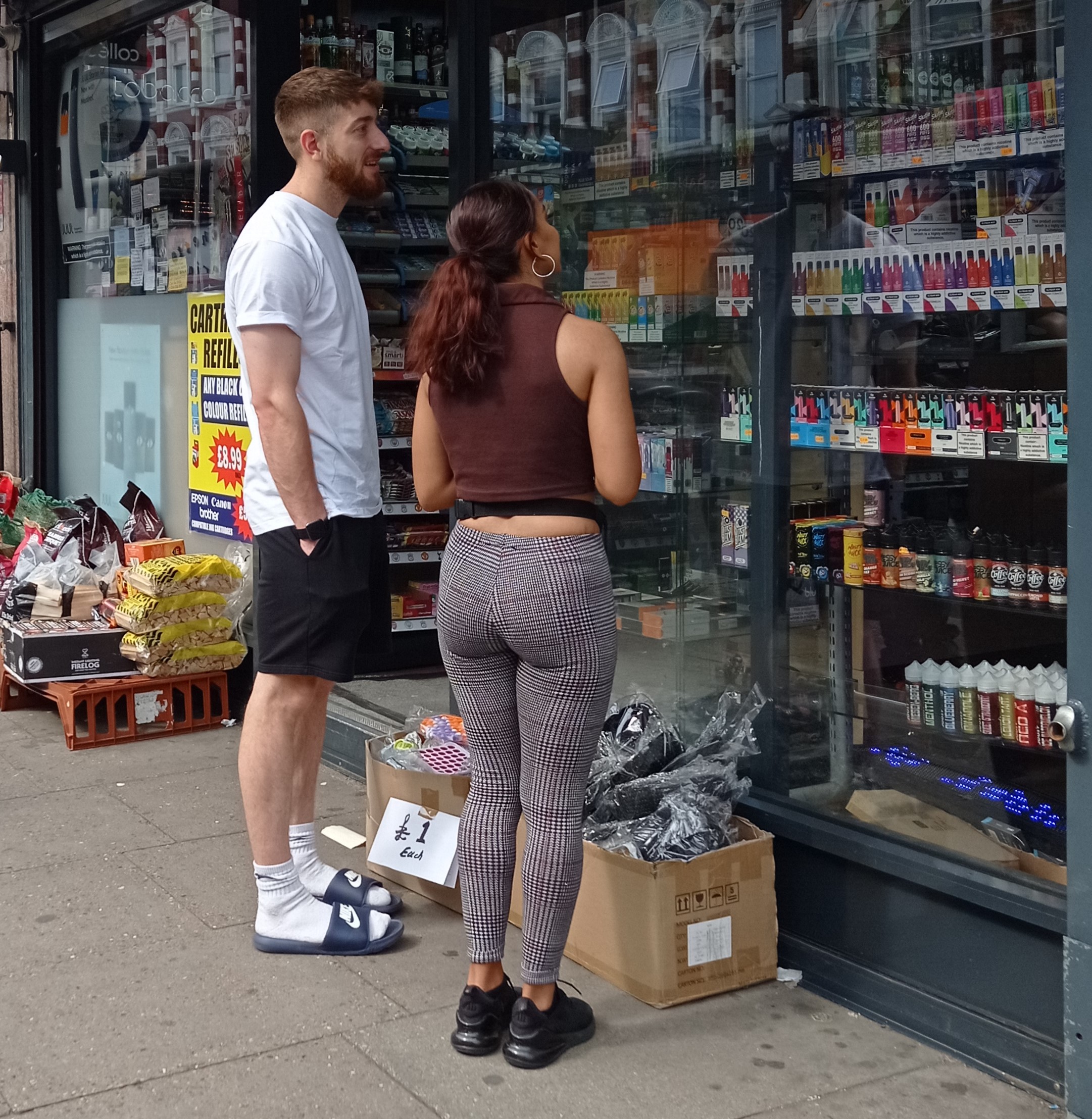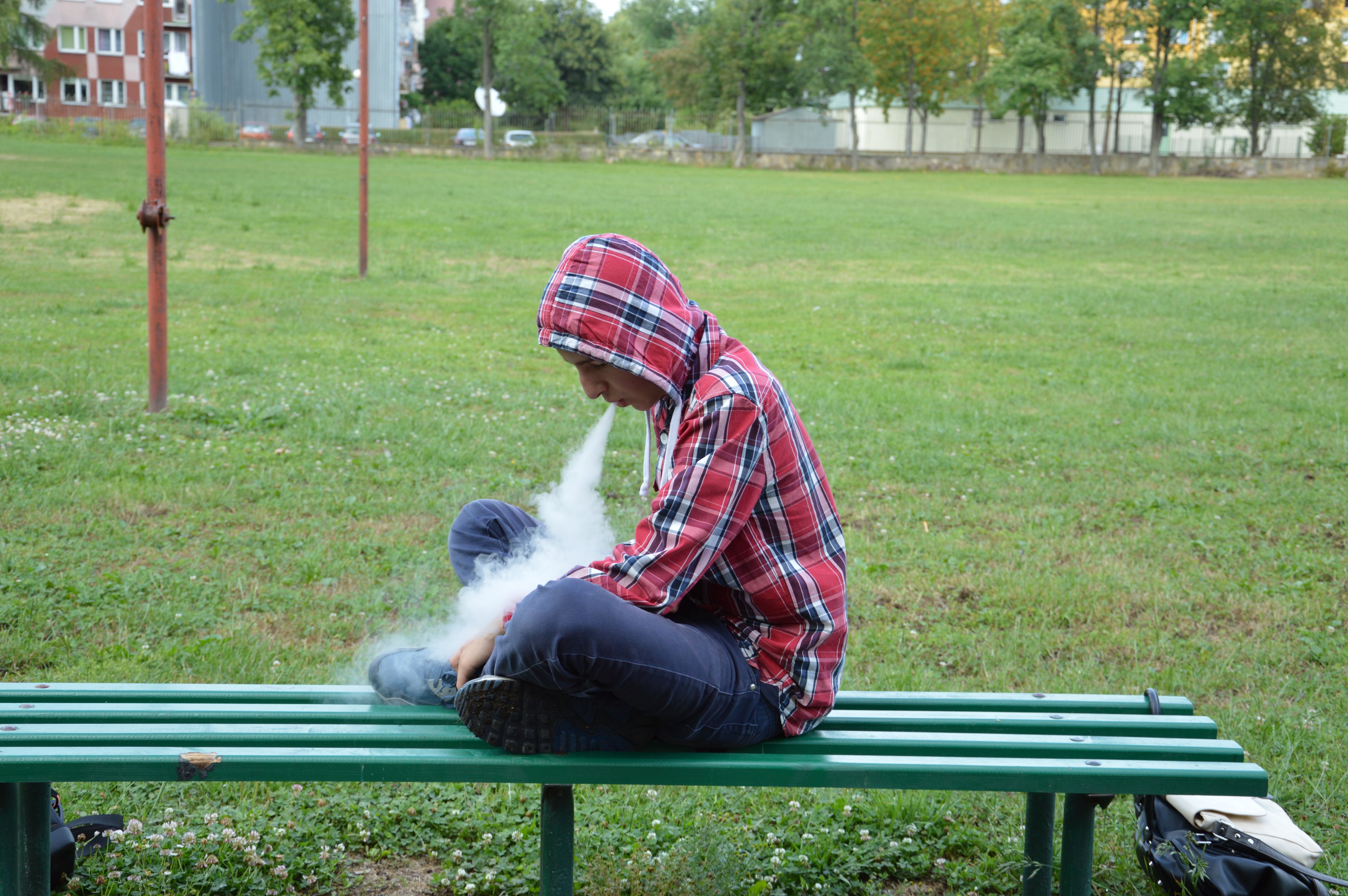Vapes are trendy and addictive. There’s also a lot we still don’t know about them – and what we do know about their impact on young people’s health is worrying.
 Reducing vape supply, on its own, isn’t enough. We also need to upskill, empower and educate young people to help them make good decisions about their health, and to avoid using vapes from the outset. : Pexels: Ruslan Alekso Free to use
Reducing vape supply, on its own, isn’t enough. We also need to upskill, empower and educate young people to help them make good decisions about their health, and to avoid using vapes from the outset. : Pexels: Ruslan Alekso Free to use
Vapes are trendy and addictive. There’s also a lot we still don’t know about them – and what we do know about their impact on young people’s health is worrying.
It’s no surprise that parents are concerned about vapes.
These small devices, also known as electronic cigarettes, e-cigarettes or by common brand names such as IGET bars, were originally designed to help smokers quit but have since been rapidly taken up by young people.
This is no accident: these devices are actively marketed to younger people, come in a range of enticing flavours and deliver high quantities of nicotine in a single device. This makes vapes desirable, delicious and incredibly addictive.
There is also still a lot we don’t know about them.
Vapes are largely unregulated, meaning there are no manufacturing, labelling or safety standards and as a result, there is a lot of uncertainty around the exact ingredients and potential contaminants in vape liquid.
We also don’t have enough data yet on the possible long-term harms of vaping.
On the back of these concerns, the Australian government has tried to reduce vape supply and availability with a raft of new laws.
These have included an import ban on disposable vapes, which took effect in January; a ban on all vapes except those obtained with a GP prescription, from July; and now, from October 1, the scrapping of the prescription requirement.
This new law means therapeutic vapes will be available over- the-counter at participating pharmacies for adults, although under-18s will still require a prescription.
A fast-growing and dangerous trend
If it feels like vapes have appeared out of nowhere, there’s good reason.
As recently as 2013 (the first time vaping was measured at a population level in Australia), just 2 percent of non-smokers aged 12-15 reported ever vaping in their lifetime. By 2023 this had grown to almost a third (28 percent) reporting lifetime use and 10 percent reporting current use.
What’s more, rates of lifetime vaping for 14-17 year old non-smokers more than trebled (from 7.8 percent to 27.2 percent) between 2019 and 2023, while current vaping increased almost seven-fold (1.8 percent to 8.9 percent).
So, what do we know about the harms that can occur from vaping?
Understanding what’s in vapes can help answer this question.
The liquid contained in a vape (sometimes called “vape juice”) contains four main ingredients: propylene glycol (PG), vegetable glycerine (VG), nicotine and flavourings. PG and VG are fluids typically used in skincare, toiletries (including toothpaste) and food preparation.
These chemicals, however, are not designed to be inhaled into the lungs.
When inhaled, they irritate the airways and lung tissue. Data from the US has shown that young people who use vapes have a significantly higher likelihood of damage to the respiratory system, including bronchitis, emphysema, chronic obstructive pulmonary disease and asthma. The effect remains even when controlling for other cigarette use, multiple studies have found.
Recent studies in Australia have also shown that young vapers have very poor lung function, resulting in shortness of breath and lower exercise capacity — similar to that of smokers.
Vapes can contain hundreds of other chemicals, including in their flavourings (which contain aldehydes, which are both irritants of the respiratory tract and in some cases — such as formaldehyde — are known carcinogens.)
Other chemicals include contaminants in the e-liquid or byproducts from the rapid heating process. Arsenic, chromium, nickel and lead have been detected in e-cigarette aerosols, likely from the hot metal coil leaching heavy metals into the e-liquid.
Because black market vapes fall outside Australian manufacturing standards, there are no controls over ingredients — so it’s impossible to really know what is in them without chemical testing.
Possibly the most concerning ingredient, however, is nicotine.
Nicotine, addiction and youth mental health
Nicotine is an incredibly addictive drug that produces feelings of pleasure and relaxation within seconds of inhaling a vape.
Nicotine stimulates the adrenal glands to release adrenaline (giving a stimulant effect) and activates the brain’s “reward pathway”, where it releases the neurotransmitter dopamine (giving a short-lived pleasurable, relaxing effect).
After nicotine leaves the system, people may feel irritable, restless, fidgety, uncomfortable and even nauseous . These are signs of nicotine withdrawal. To get the same feeling the next time, more nicotine is needed.
This is how the cycle of addiction develops.
Add to this the highly neuroplastic adolescent brain, which is wired to seek out thrills and new sensations and has an exaggerated dopamine response compared to adults — and it’s no wonder young people find these products so addictive.
Nicotine’s potential for addiction can substantially impact the lives of young people.
There is now strong evidence that vaping and mental health are closely linked. Young people who use vapes are twice as likely to report serious symptoms of depression, stress and low quality of life. Vaping has also been associated with anxiety and suicide-related behaviours, poor sleep and disruption to schooling .
But what comes first, vaping or poor mental health?
So far, most studies have been cross-sectional, meaning only measured at one time point, so the direction of this relationship remains unclear. However, when paired with other evidence, it’ s highly likely that this relationship is bi-directional. This means that instead of vaping causing poor mental health, or poor mental health causing vaping onset, both are likely to be the case.
Using vapes may also increase the risk that young people later take up conventional tobacco smoking. This has been one of the biggest concerns of governments and parents alike, particularly in Australia where our tobacco control has been a global success (today only 8.3 percent of Australians report smoking daily ).
Several studies have consistently found a strong association between e-cigarette use and later smoking initiation, as well as later use of other drugs such as cannabis, cocaine and MDMA.
These are obviously concerning findings and suggest that e-cigarettes may be a “gateway” to smoking and other substance use, although other studies suggest the link is not that simple.
Supply-reduction laws aren’t enough on their own
So, will the new laws — which require under-18s to present a prescription to buy a vape at a pharmacy — stop adolescents from accessing vapes?
While the new regulations have only been in effect since July, and the new pharmacy-only model is yet to commence, anecdotal reports indicate that nicotine vapes remain easily accessible under- the- counter at convenience stores (although prices have begun to increase, suggesting a slowing of supply.)
It is possible that enforcement and compliance efforts will increase in October to coincide with and support the introduction of the pharmacy-only model, but this is a case of “watch and see”.
When it comes to determining whether the new regulations will stop adolescents from accessing vapes, it’s important to think more broadly about drug-enforcement efforts in Australia.
Many illicit drugs are banned from local manufacture and import, such as cocaine, methamphetamines and heroin, but Australia remains a key market for these drugs, and drug use among young people remains a concern.
This is why supply- reduction, on its own, is not sufficient. We also need to upskill, empower and educate young people to help them make good decisions about their health, and to avoid using vapes from the outset.
We need to address shared risk factors that contribute to vaping, smoking and other substance use — most notably poor mental health — in order to ensure the best outcomes. This is where demand-reduction becomes critical.
What does this mean? It means not just telling young people what to do, but working together with them and providing young people with assertive skills, refusal strategies, effective coping mechanisms, critical thinking skills and skills in (verbal and non-verbal) communication with peers.
It means providing judgement-free knowledge about how drugs work in the brain, and empowering young people to seek help for themselves and their friends.
When young people are given such skills, we have found they are significantly less likely to binge drink and to suffer alcohol-related harms, even up to seven years later.
These approaches are now being applied to prevent vaping and smoking in Australia’s largest randomised controlled trial of vaping prevention, the OurFutures vaping trial, for which results are expected in 2025.
Associate Professor Emily Stockings is a National Health and Medical Research Council (NHMRC) Fellow, based at The Matilda Centre for Research in Mental Health and Substance use at the University of Sydney. She is program lead for the ‘Smoking, Vaping & Mental Health’ research stream. Emily has dual expertise in mental health and tobacco control, with 15 years’ experience in designing, testing and evaluating behavioural programs for vaping prevention and smoking cessation.
Professor Nicola Newton is Director of Prevention at the Matilda Centre for Research in Mental Health and Substance Use at the University of Sydney. Professor Newton leads an internationally renowned program of research in the prevention of substance use and mental health problems in adolescence. She has a focus on e-health to improve implementation and sustainability of interventions and developed the first web-based programs to prevent substance use among adolescents; the OurFutures (formerly Climate Schools) programs for drug prevention.
Originally published under Creative Commons by 360info™.











